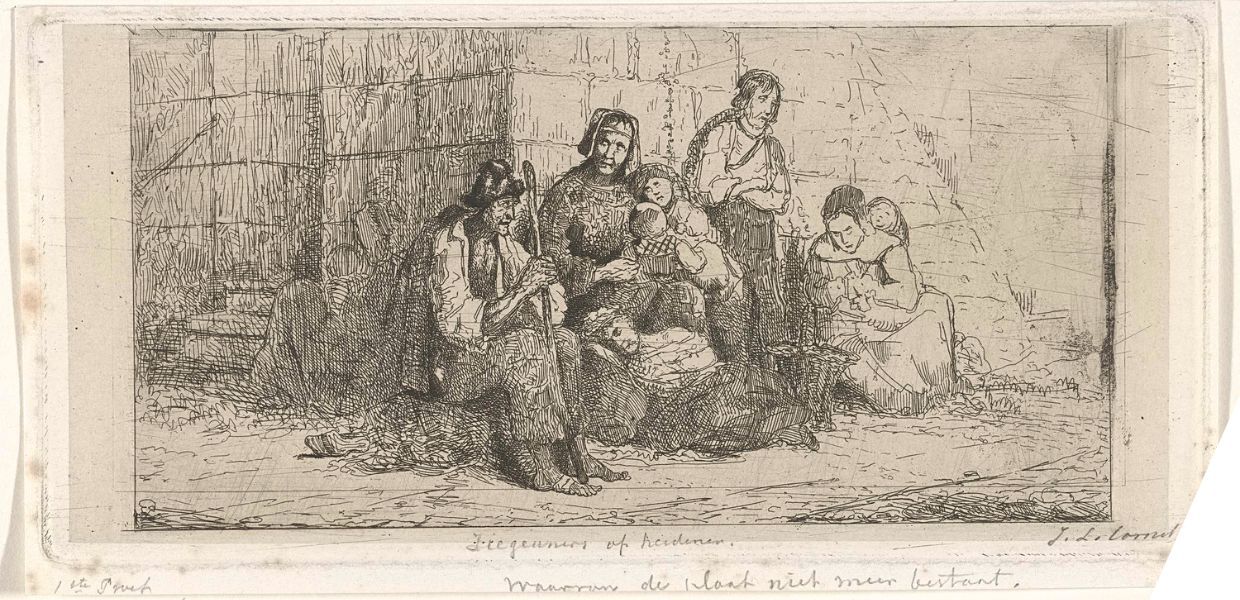Today, anyone can browse through millions of digital cultural heritage objects online, with Europeana.eu alone providing access to more than 50 million objects. This is possible in part thanks to Linked Open Data or LOD.
Using LOD, cultural heritage institutions can publish, structure and connect their collections, and add more standardised metadata to artefacts. For example, the Rijksmuseum connects artefacts in its LOD collection to Wikidata and the Getty Art & Architecture Thesaurus (AAT). The LOD version of the famous Vermeer painting ‘The Milkmaid’ is connected to the concept of ‘oil paint’ from AAT.
While LOD brings many benefits, it also has some limitations. One of the biggest problems researchers and cultural heritage practitioners highlight is how LOD reflects biases in the data it is based on, and can omit nuances and cultural complexities. This is especially visible when we look at artefacts with complicated and conflicted histories: objects related to colonialism, historically marginalised people and oppressed communities. In our research, we investigate one aspect of this problem: contentious terminology.
Contentious terms in popular datasets
If the term ‘oil paint’ is unlikely to offend, the story is different with racial slurs, derogatory references to social groups or outdated colonial names. One might think that widely used datasets, such as Wikidata or AAT, are free of biased and ‘bad words’. This is not the case, as our recent study showed.
We found thousands of occurrences of contentious English and Dutch terms in four datasets - Wikidata, AAT, and two lexical databases Princeton WordNet and Open Dutch WordNet. We did not come up with a list of contentious terms ourselves, but relied on the publication Words Matter from the Dutch National Museum of World Cultures, which explains cultural sensitivities behind terms used in museum descriptions.
Looking at where exactly contentious terms appeared, we found that Wikidata uses them frequently in preferred labels. This means that users see stereotyping terms as main names of items in interfaces. Other datasets mention contentious terms primarily in longer descriptive fields.
Bringing in collective expertise
After we learnt about the scale of the problem, we wanted to know how cultural heritage practitioners and LOD developers could address it, and there was no better opportunity than organising a workshop at the AI and heritage conference in the Netherlands.
Together with Laura Hollink, my supervisor at CWI (the national research institute for mathematics and computer science in the Netherlands) and a co-author, we selected cases for the workshop participants to discuss. Our workshop attracted 45 people, and we formed eight groups. For each group, we prepared an envelope with a print-out of an LOD concept or a record from Europeana.eu with contentious terms, a page from Words Matter explaining why a particular term is contentious, and sticky notes. We asked participants to suggest how to make the representation of an LOD concept or Europeana.eu record more inclusive.
Replacement alone is not a solution
While many suggestions were made to address the issue, none of them said that just replacing a contentious term with an appropriate synonym would solve the issue completely. Besides using synonyms, participants stressed the necessity of including explanations about contentious terminology in metadata - why it has been used and why it has become inappropriate. One note suggested that such explanations and discussions about contentious terms could be a solution to biases in metadata. In two cases, we found notes saying that there should be information from the communities who are misrepresented in metadata.
We selected three cases with the same term — gypsy — to see how different groups in the workshop approach the same term. Two cases with a Europeana.eu record were identical: they mentioned the term in the title, description and the ‘subject’ metadata field about a film covering the societal challenges of Roma people in London. The third case was the AAT concept ‘gypsy wagons’. Words Matter suggests using the term ‘Roma’ instead of the derogatory ‘gypsy’. All three groups agreed with this suggestion, but also that they would not simply replace the word ‘gypsy’.
One group suggested adding more information to the record’s metadata: that the term ‘gypsy’ is seen as pejorative, it was used before in the metadata, and that Roma people were previously called ‘gypsy'. Another group reflected that it, ‘Seems easy to change the word [“gypsy”] to Roma, but would the negative connotations in the text/context [in the item’s description text] not just transfer to the term “Roma”?’ One more note says that the term might be perceived differently in different cultures: is this term seen as derogatory everywhere?
Can we design inclusive metadata with LOD?
These questions and suggestions we collected are not new. Cultural heritage institutions, alongside thesauri and vocabulary owners and editors, have been seeking ways of making metadata inclusive. There are guidelines and glossaries written to help curators represent digital objects inclusively: for example, which thesauri to choose and how to classify items appropriately.
Yet stereotyping terms are being used in both artefact descriptions and LOD concepts. Which role will new developments in LOD play in solving this? How can we use knowledge graphs, thesauri, and schemas in building inclusive representations of cultural heritage? For LOD researchers and practitioners, these questions are still to be addressed, and the challenges of representing complex, nuanced and contested cultural heritage objects can be a driver for them.
Discover more
Learn more about the Cultural AI Lab research in the open-access papers A Knowledge Graph of Contentious Terminology for Inclusive Representation of Cultural Heritage and How Contentious Terms About People and Cultures are Used in Linked Open Data.
The Europeana Foundation participates in projects like DE-BIAS that aim to develop vocabularies, knowledge bases using Linked Open Data, and automated recognition and flagging tools that allow contentious terms to be flagged and contextualised in Europeana's database. Read more about the DE-BIAS project here.


